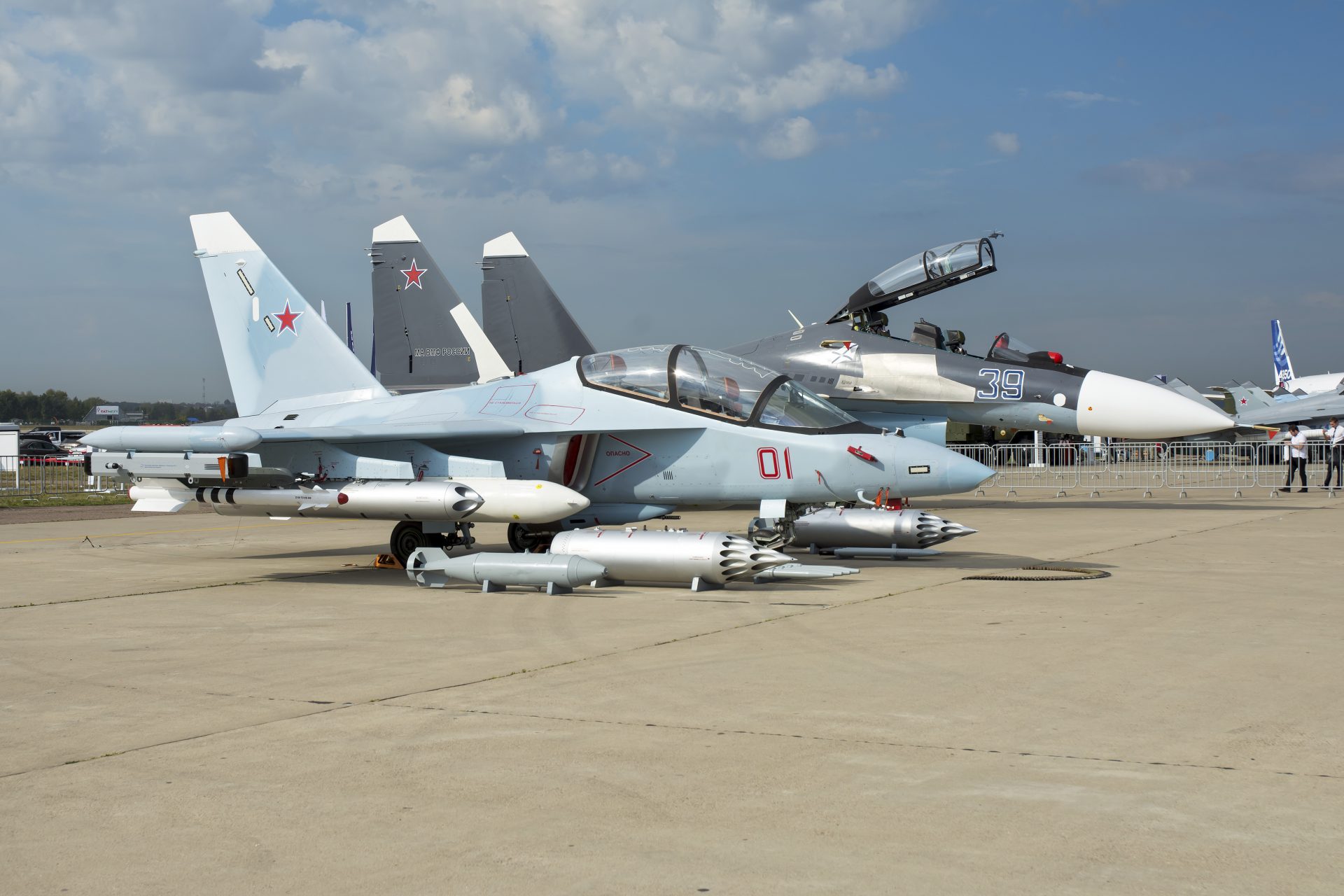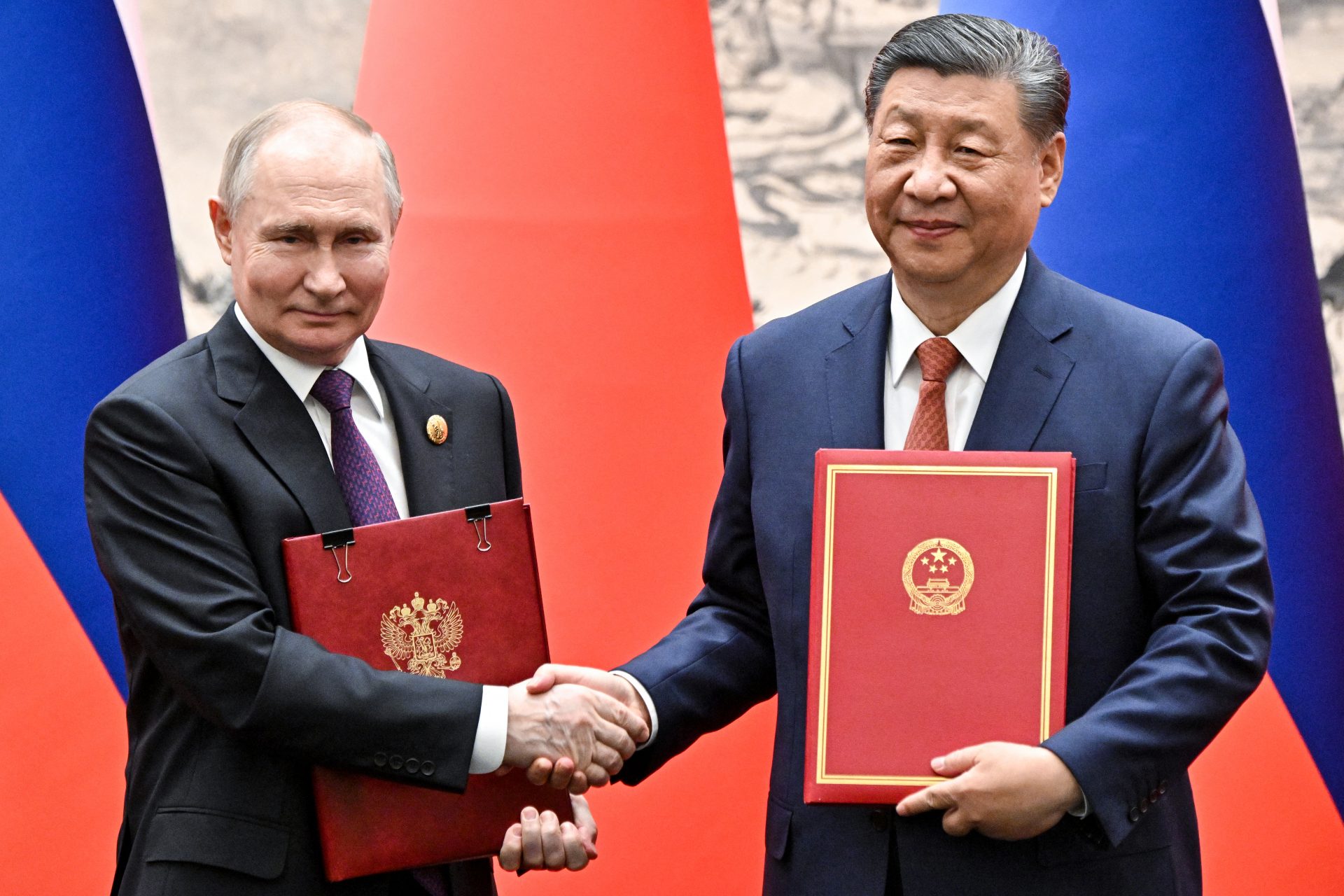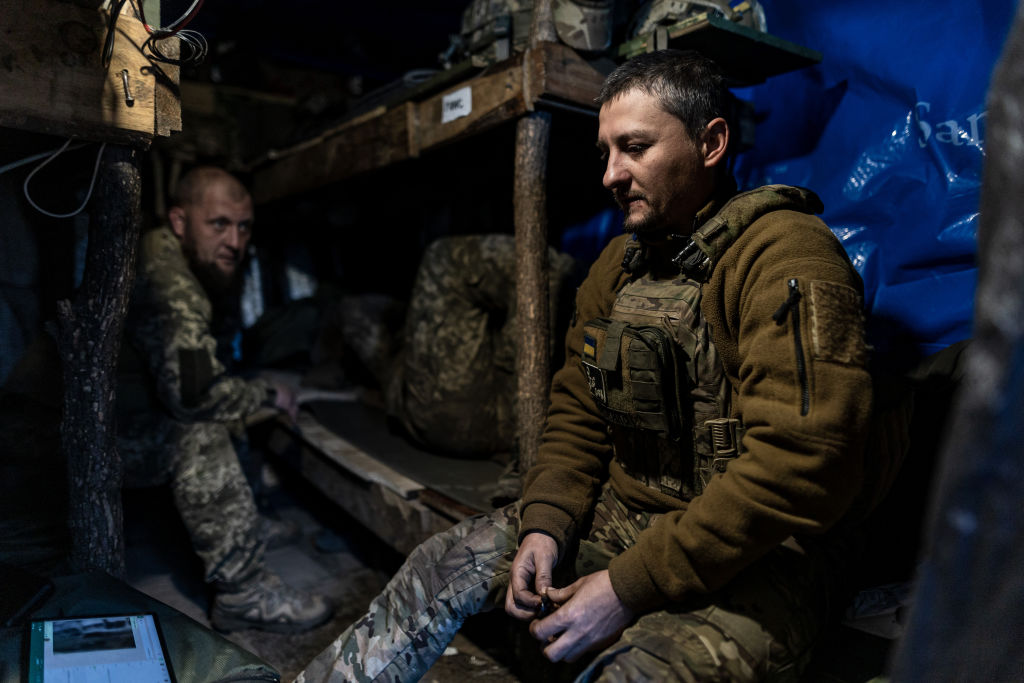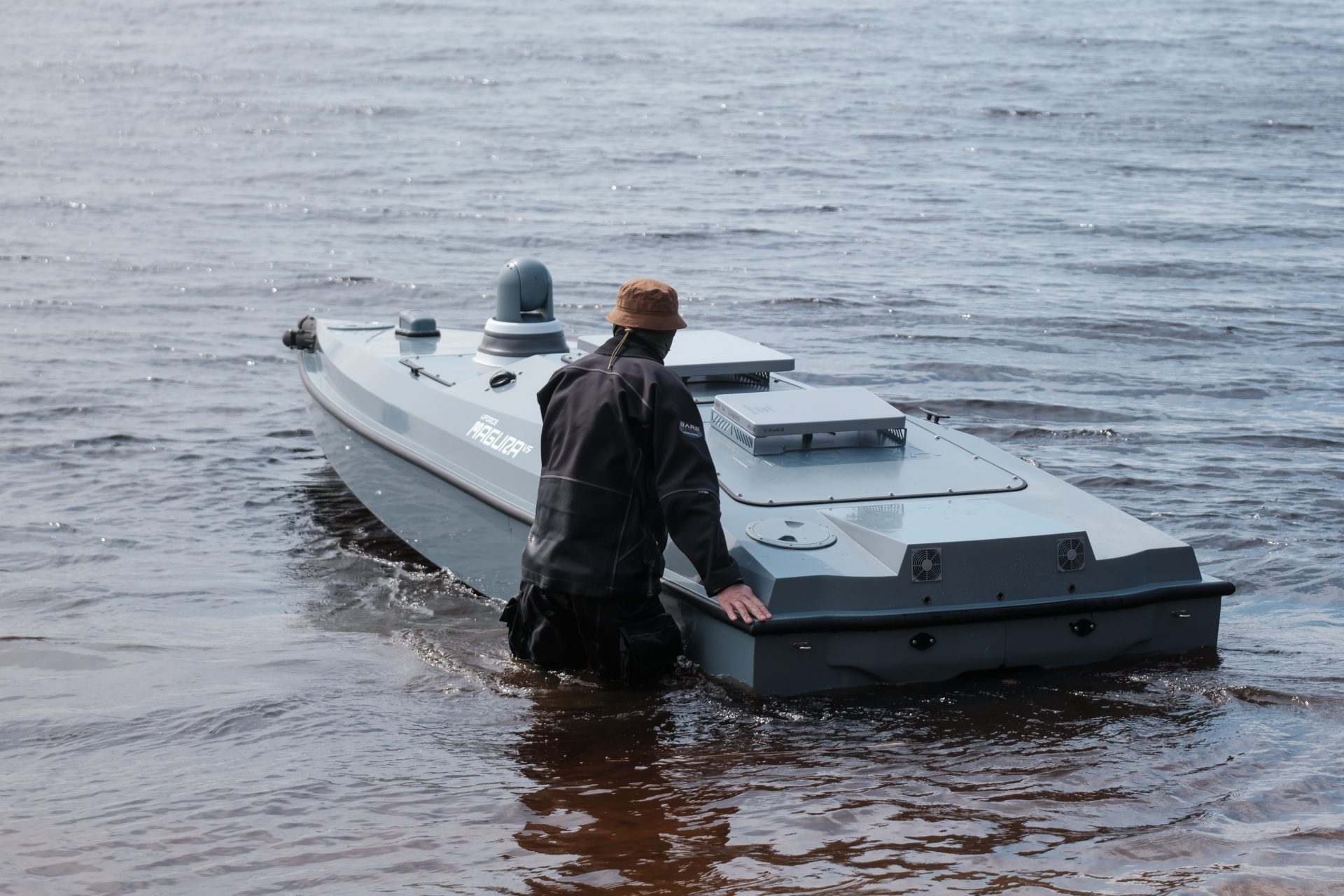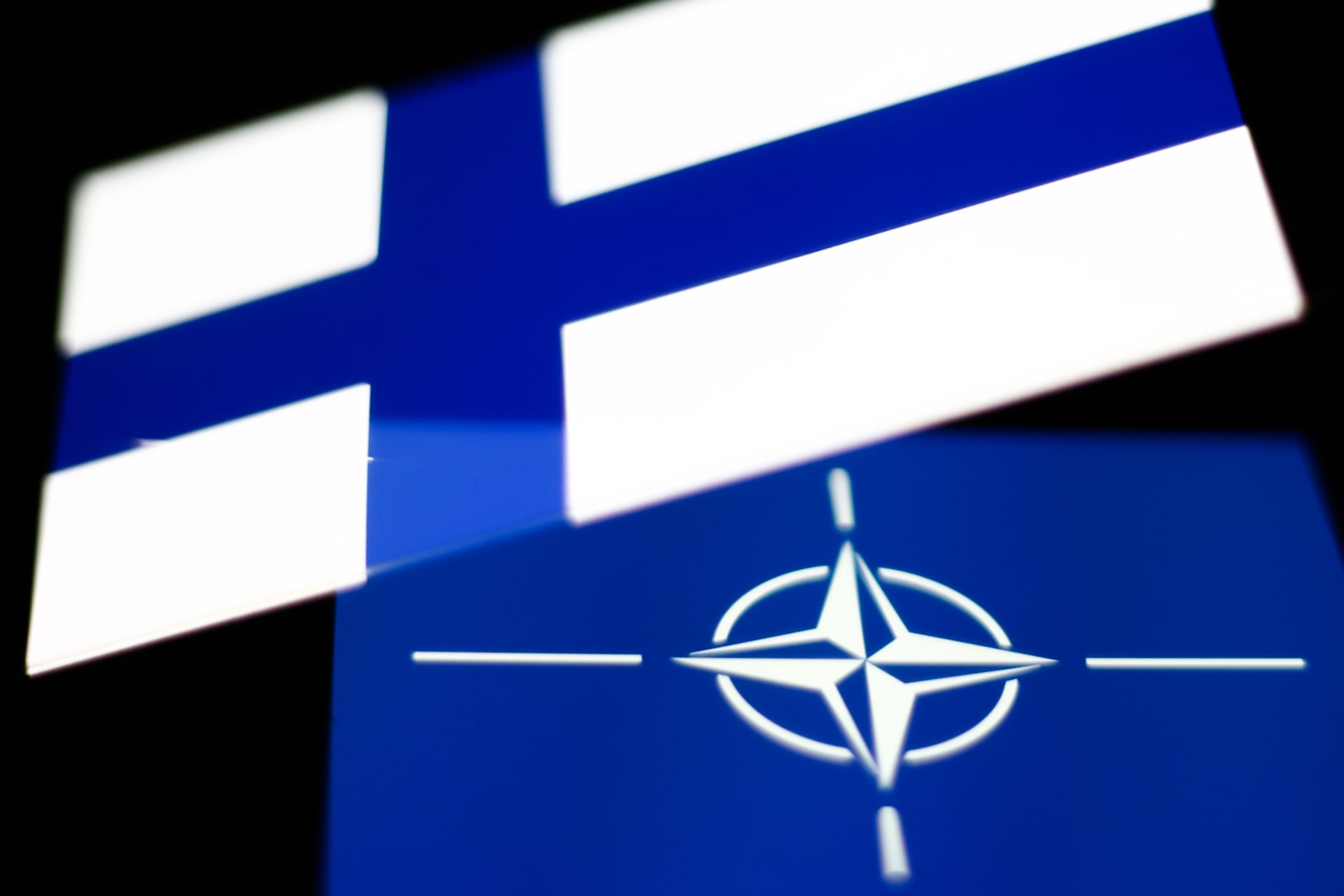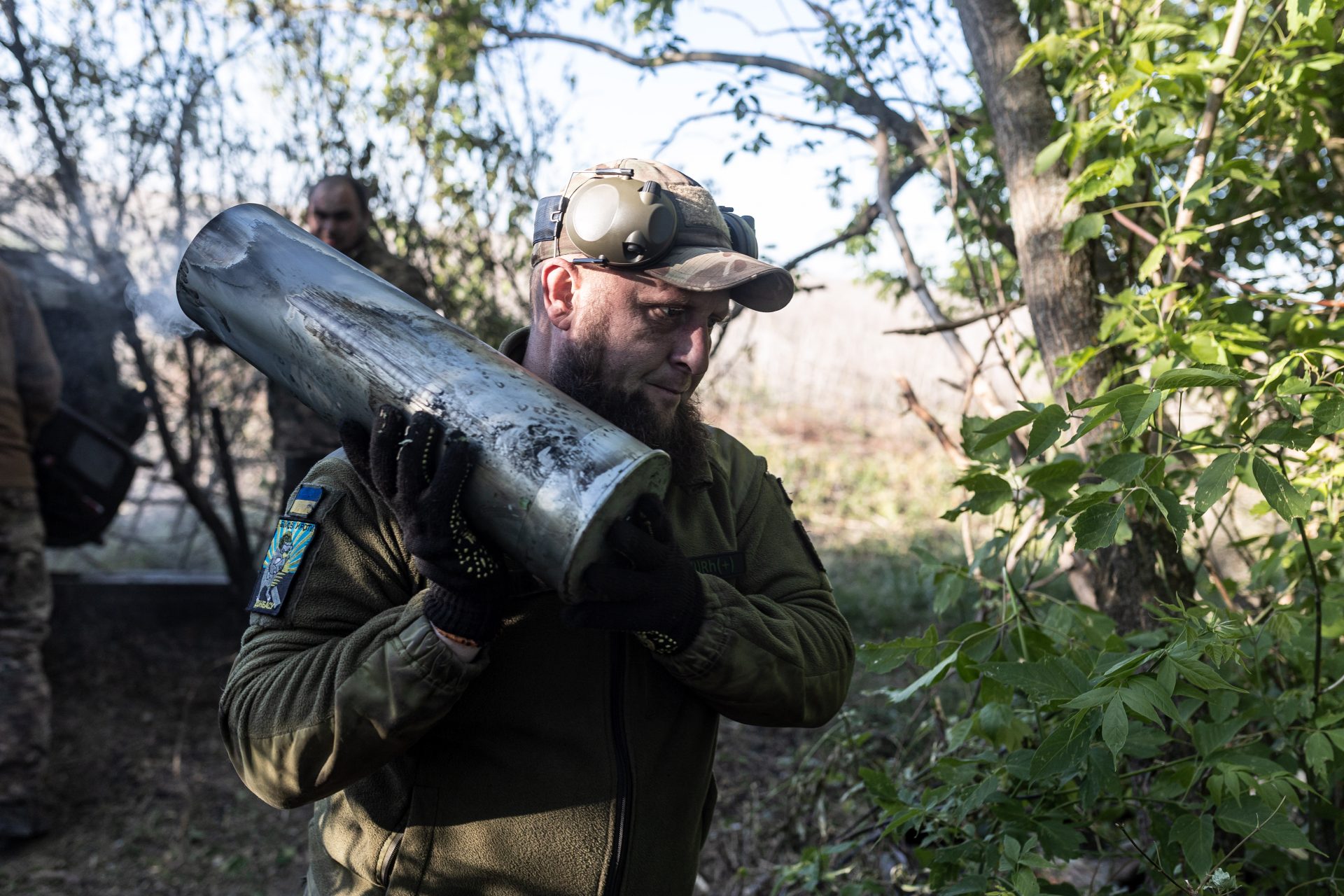Why does ISIS attack the Taliban?
The radical group Islamic State, better known by its initials IS (or ISIS), is at war with the Taliban. It considers them traitors and targets them with violent attacks. An example were the bombs that killed dozens of people at the Kabul airport during the evacuation.
The Taliban (pictured), who now control Afghanistan, are facing an enemy with whom they seem to have a lot in common. But what are the differences and why does the Islamic State hate the Taliban?
ISIS has accused the Taliban of treason for having negotiated with the United States about the withdrawal of international troops from Afghanistan. The Taliban were pragmatic when Trump (and later Biden) offered them a negotiated solution which, in effect, meant they were getting control over the country.
For ISIS, however, there no other acceptable option but to fight without compromise.
Taliban and Islamic State have a rigorous interpretation of Islam. Both groups would fit into the Sunni branch of Islam (as opposed to the Shiite branch).
The Taliban are deeply Afghan in their identity, while the Islamic State aims to transcend Afghanistan. The Taliban are committed to imposing their ideology on their natural territory, while the Islamic State aspires to a kind of "global revolution" across borders.
In fact, analysts suspect that the top leaders of ISIS in Afghanistan may be warriors exiled from the lost battles in Syria and Iraq. There are Afghans among its ranks but also Pakistanis and jihadists from other parts of the world.
An important detail is the fact that the Taliban are usually Pashtuns (the main ethnic group in Afghanistan), while ISIS has managed to recruit militants from other Afghan ethnic groups. The Caliphate that the Islamic State does not accept national borders or tribal identities, as long as everyone is Sunni.
Another factor that some analysts have pointed to as an element of confrontation between ISIS and the Taliban is the (relative) benevolence of the latter towards the Afghan Shiite community. The fact that during the Ashura celebration (in the image) the Taliban did not attack the Shiites in Kabul, was perceived as a gesture of understanding.
The Taliban intend to build an Afghanistan to suit them, but not to expand beyond its limits. They have even promised not to help terrorist groups operating abroad. For ISIS this position is unacceptable.
The resentment also comes, according to some experts, from the recruitment of former Taliban by the Islamic State. They would be the more radical fighters who see the Taliban as too moderate.
The Islamic State is numerically far inferior to the Taliban. However, its number of combatants is not negligible: estimates say there are about 3,000.
Although the violence carried out by the Taliban is of the highest level, there are those who claim that the Islamic State goes even further: as an example, analysts cite the attack that killed 38 people in one of the largest hospitals in Kabul in 2017. But there is more.
As reported by the BBC, US intelligence has evidence of ISIS attacks on Afghan weddings, girls' schools and even a maternity ward where pregnant women and new-born children were shot.
The presence of ISIS militias is predominant in the Konar and Nangahar regions (in the image), but they have demonstrated their ability to attack other parts of the territory as well.
And then there is Al Qaeda, an organization greatly diminished since the capture and death of Bin Laden. It continues to operate in Afghanistan, but the relationship between Al Qaeda and ISIS is not good either. They do not agree on methods and immediate objectives.
The Taliban will now have to deal with an enemy they did not expect: the Islamic State of Afghanistan (called ISIS-K).
In this crossfire between radical Islamist factions, the U.S. and the Taliban may have allegedly worked together to eliminate elements of the Islamic State. According to some reports, this collaboration may continue in the future, even though the Taliban are an the enemy of the U.S. Americans have a stake in the elimination of the Islamic State, because it poses a major international threat.
So the Taliban, at the moment, cannot even promise peace and order for the Afghanistan they control. They will have the Islamic State in front of them (and also other opposing armed groups) and the violence will most likely not stop.
More for you
Top Stories




















